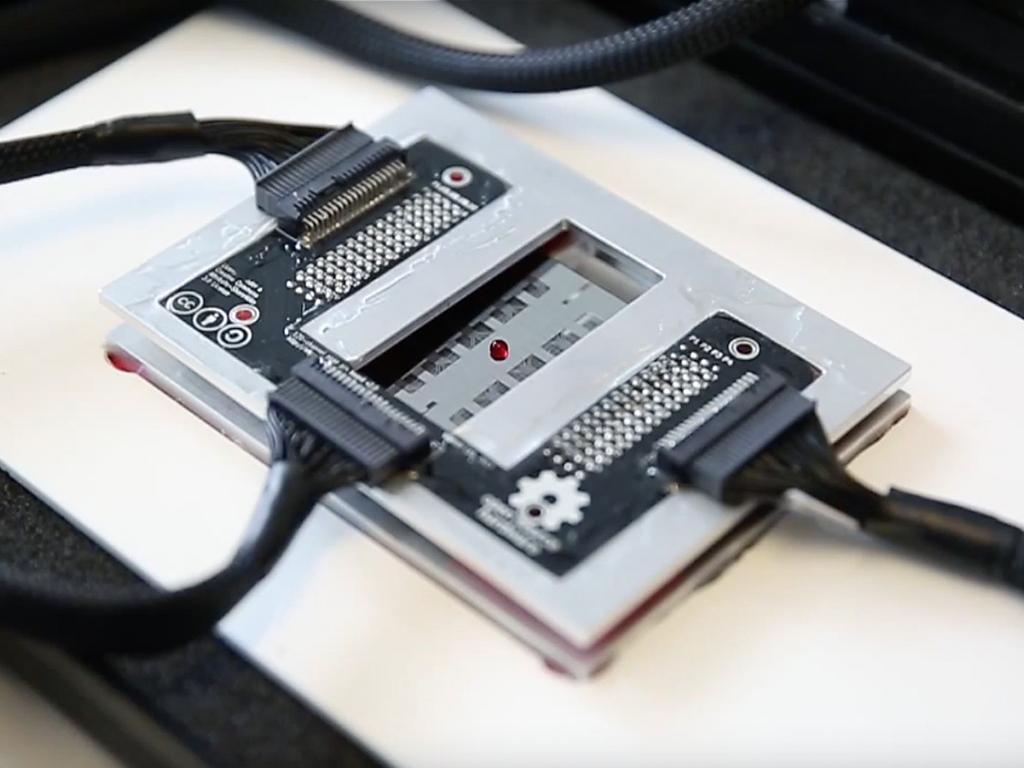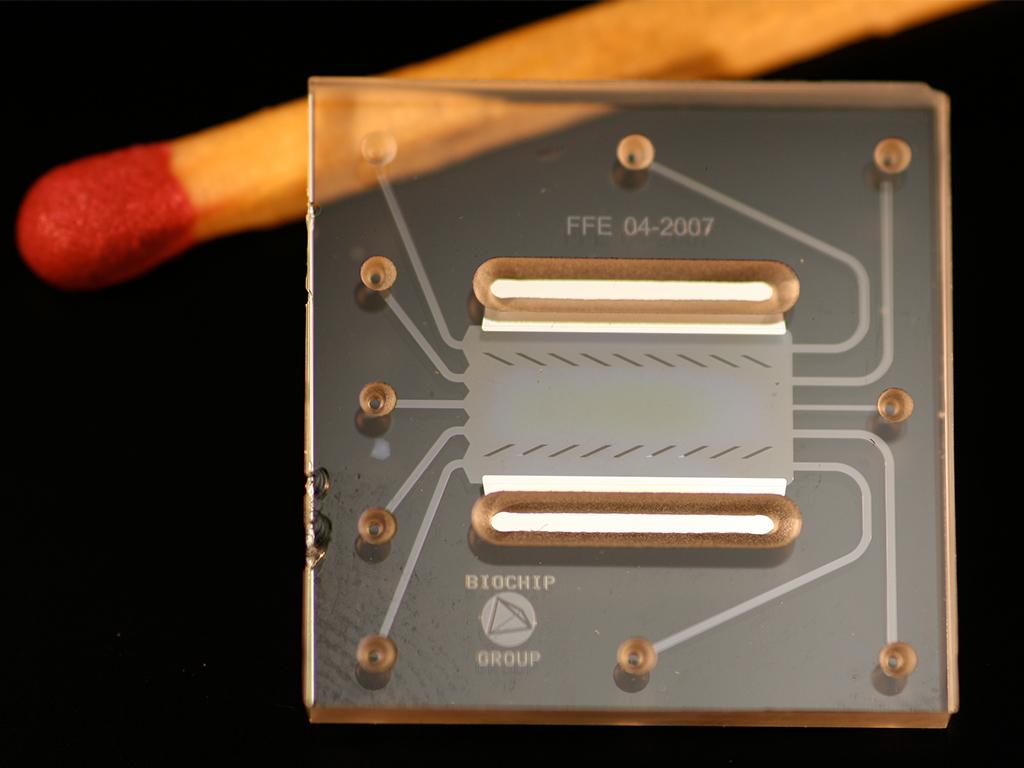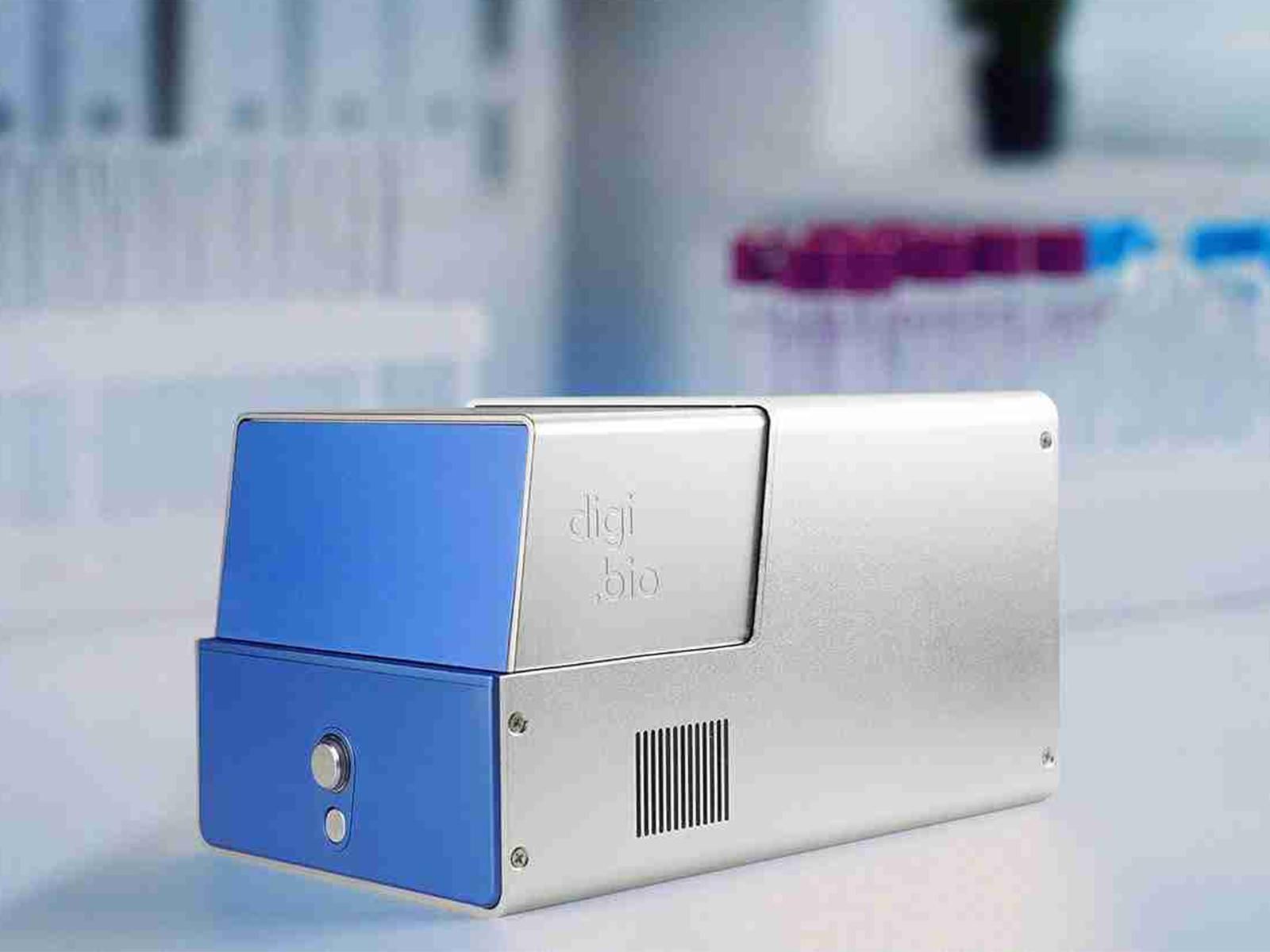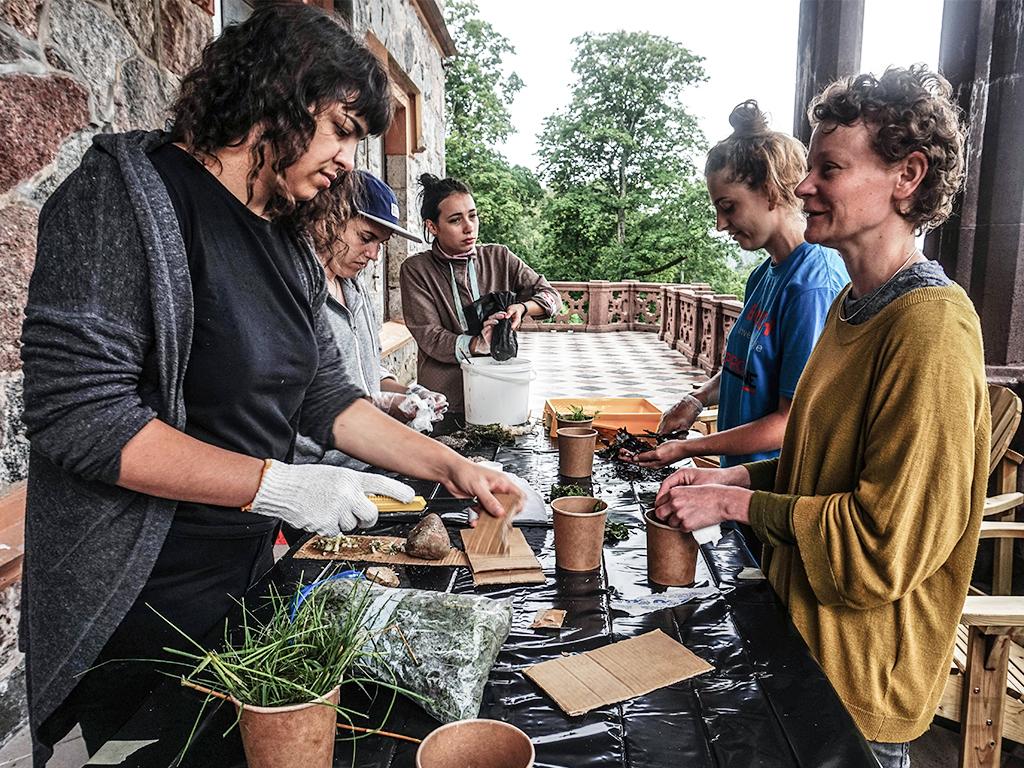When you think of a (bio) lab, you possibly envision bubbling bottles and test tubes. People in white coats that mix fluids with pipets, stir and measure. This stereotype will soon end. Labs are becoming smaller and smaller. So small even, that they will soon fit in your smartphone.
A drop of blood contains enough material for a diagnose. A drop is also big enough to experiment with bacteria and DNA. But until recently, it was not so easy to practically work with small drops yourself.
Innovation and new technology, so called microfluidics, are rapidly changing the playing field. Scientists have developed equipment that use tension to move small drops between electrodes. Elektrodes are just micrometers in size. To move fluids, mix them and split them is now possible on a tiny scale, called electrowetting or digital microfluidics. And the best is: this is Open Source.
So, it's up to the Open Source community to see that this technology becomes and stays accessible to everyone. With a lab on a chip in your pocket, fast diagnoses are possible, just as the answer on questions like "am I ill?" or "can I drink this water?". And what to think of massive parallel directed evolution, DNA syntheses of sequencing? By developing and publish the results now, we can prevent that large companies will block these technologies with patents and that we will have to wait for decades for relevant applications or space for creative research.




